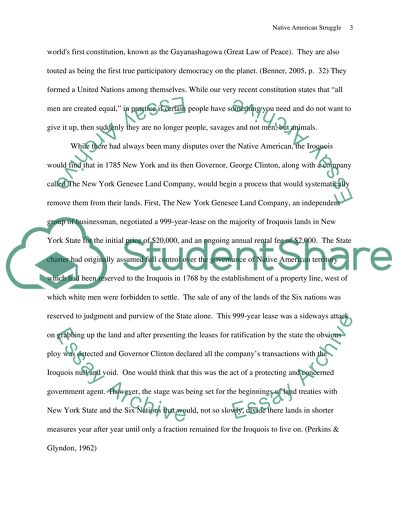Cite this document
(“The Native American Struggle Term Paper Example | Topics and Well Written Essays - 1250 words - 34”, n.d.)
The Native American Struggle Term Paper Example | Topics and Well Written Essays - 1250 words - 34. Retrieved from https://studentshare.org/history/1558193-essay
The Native American Struggle Term Paper Example | Topics and Well Written Essays - 1250 words - 34. Retrieved from https://studentshare.org/history/1558193-essay
(The Native American Struggle Term Paper Example | Topics and Well Written Essays - 1250 Words - 34)
The Native American Struggle Term Paper Example | Topics and Well Written Essays - 1250 Words - 34. https://studentshare.org/history/1558193-essay.
The Native American Struggle Term Paper Example | Topics and Well Written Essays - 1250 Words - 34. https://studentshare.org/history/1558193-essay.
“The Native American Struggle Term Paper Example | Topics and Well Written Essays - 1250 Words - 34”, n.d. https://studentshare.org/history/1558193-essay.


